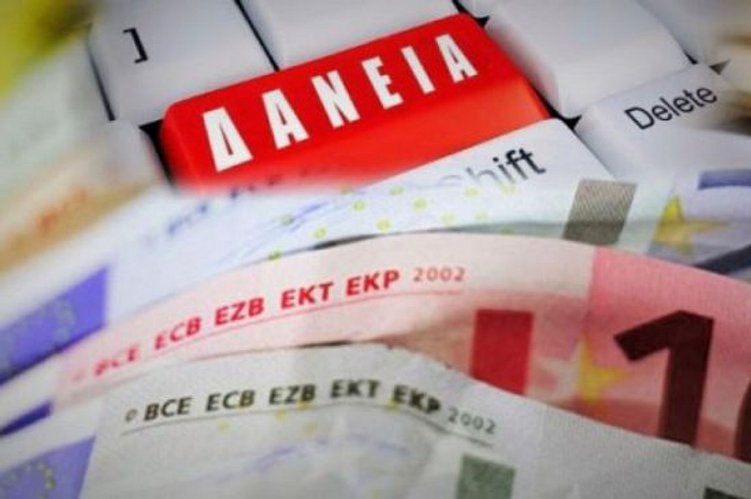
Retail banking continues to fly low as households have shown a general aversion to new debt in recent months.
The problem is exacerbated in housing credit, which is declining year-on-year, while consumer loans are also showing low growth rates, although household spending will continue to rise in 2023, for the third year in a row.
According to banking sources, the decline in demand for new loans from individuals is a result of both the upward trend in borrowing costs, which is not known when it will reverse, and the general climate of uncertainty resulting from accuracy, especially in fundamentals.
Bank of Greece
According to the latest data issued by the Bank of Greece, the value of new mortgage contracts this year decreases on an annual basis for the first time since 2015.
Specifically in the eight months of January – August 2023, it amounted to 698 million euros, a decrease of 4% compared to the same period last year.
With this data, banks hope that total production for the year will close at the same levels in 2022, that is, in the range of 1.2 billion euros.
This is despite the fact that sales in the real estate market continue their upward trend this year as well.
The reason is that most transactions are made using cash and involve properties worth up to €100,000, which are mostly financed from the buyers’ equity.
With these data, the rate of change in balances will remain negative in 2023, while it is not expected to return to the positive area in 2024 as well, in the basic scenario.
Last August, it reached -3.7%, with the monthly net flow remaining negative.
Attractive interest rates
So, in order to keep the home loan market alive, banks have reduced their profit margins significantly.
As banking sources say, these are long-term programs that can generate revenue over time, while increasing cross-selling opportunities.
For this reason, in exchange for the ECB’s interest rate hike of 450 basis points during the past 15 months, credit institutions have kept interest rates at attractive levels.
For example, the average cost of new lending rose in August to 4.22% compared to 3.01% in July last year, when the European Central Bank began tightening monetary policy.
In floating interest rate charts, banks absorbed most of the rise in European indices, rising on average over the period by 119 basis points, from 2.84% to 4.03%.
At the same time, they continue to offer preferential products with a fixed interest rate even throughout the entire repayment period.
For example, the average 10-year fixed rate on new lending rose in the last month of summer to 4.43% from 3.02% in July 2022.
Raising consumer loans
On the contrary, the value of new contracts in consumer credit moves upward, even exceeding premiums on existing balances.
Specifically in the low-interest category loans, in the eight months of 2023, they amounted to 812 million euros, an increase of 40 million euros, or 5%, compared to the corresponding period last year.
An important role in the development of this market was played by the high sales of consumer loans, which reach 5,000 euros via electronic banking services, as well as the good performance recorded in the automobile market.
Regarding interest rates, banks in this lending category have restricted the rise. Specifically in loans with regular maturities, the average annual cost reached 11.90% in August compared to 10.66% in July 2022. In contrast, in loans with guarantees, it decreased to below 9% levels compared to 9.48% on average. From last year.
source: after that

“Avid problem solver. Extreme social media junkie. Beer buff. Coffee guru. Internet geek. Travel ninja.”





More Stories
“Recycling – Changing the water heater”: the possibility of paying the financing to the institution once or partially
Libya: US General Meets Haftar Amid Tensions Between Governments
New tax exemption package and incentives for business and corporate mergers..